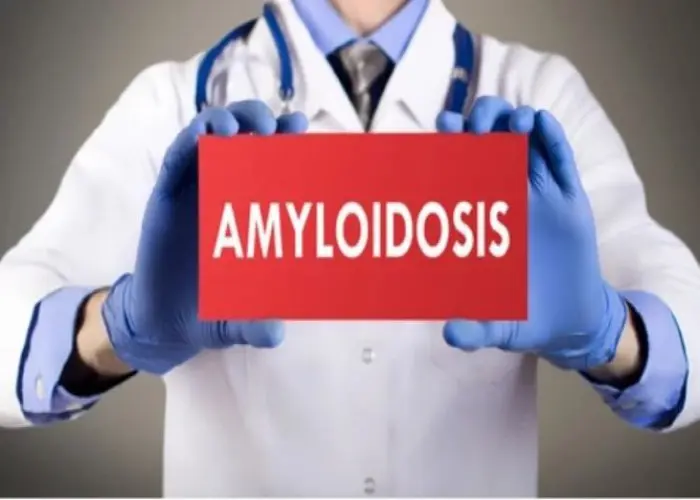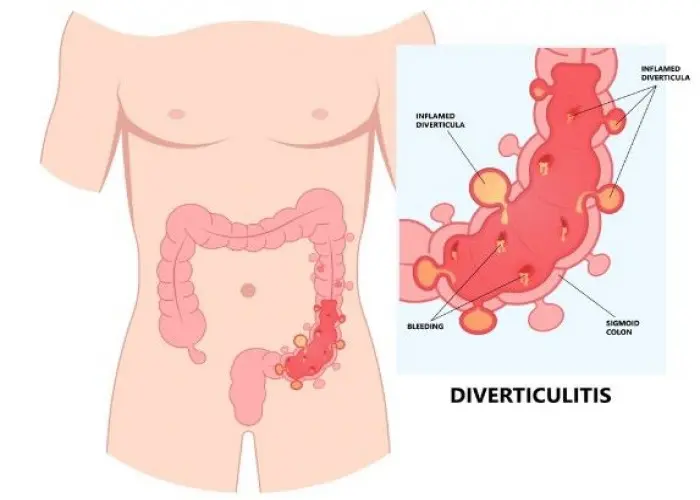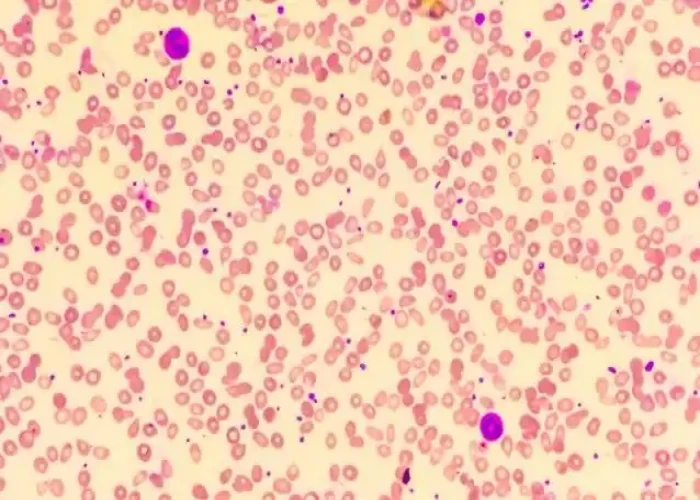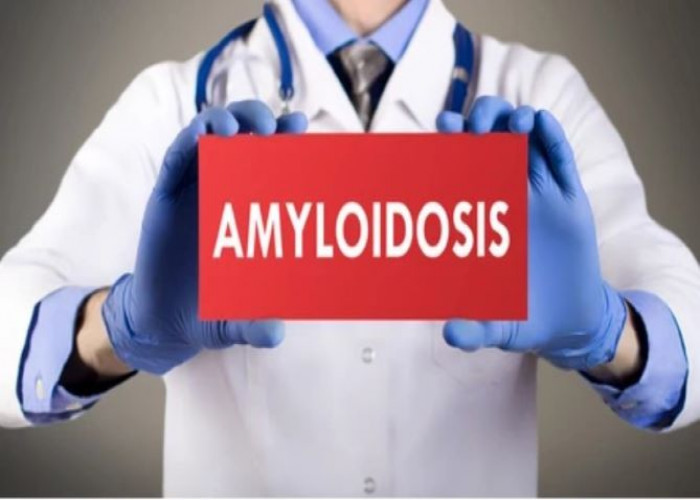 Welcome
Welcome
“May all be happy, may all be healed, may all be at peace and may no one ever suffer."
Angiosarcoma

Angiosarcoma is a rare and aggressive type of cancer that affects the blood vessels and the lining of blood vessels (endothelium) in the body. It can occur in various parts of the body, including the skin, the scalp, the breast, the liver, and the heart.
Angiosarcoma is more commonly seen in older people and in people who have been exposed to certain chemicals, such as dioxin or vinyl chloride. Other risk factors for angiosarcoma include a history of radiation exposure, lymphedema (swelling caused by a buildup of lymph fluid), and a history of other types of cancer.
Symptoms of angiosarcoma can include a rapidly growing mass or swelling, pain, bleeding, and skin discoloration.
Treatment for angiosarcoma depends on the location and stage of cancer, as well as the overall health of the patient. Treatment options can include surgery, radiation therapy, chemotherapy, and targeted therapy.
If you are experiencing symptoms that suggest angiosarcoma or have a history of risk factors for this condition, it's important to see a doctor for a diagnosis. Your doctor may perform tests such as a biopsy, a CT scan, or an MRI to diagnose angiosarcoma and determine the best course of treatment.
Research Papers
Disease Signs and Symptoms
- A raised, purplish area of skin that looks like a bruise
- A bruise-like lesion that grows larger over time
- A lesion that may bleed when scratched or bumped
- Swollen skin
- Red skin
Disease Causes
Angiosarcoma
It's not clear what causes most angiosarcomas, though doctors have identified factors that may increase your risk of the disease.
Doctors know that something happens that causes a cell in the lining of a blood vessel or lymph vessel to develop an error (mutation) in its genetic code. The mutation tells the cell to grow quickly, making more abnormal cells. The abnormal cells continue living when other cells would die.
The result is a buildup of abnormal cells that grows from the affected blood vessel or lymph vessel. With time, cells may break off and spread (metastasize) to other areas of the body.
Disease Prevents
Disease Treatments
Which angiosarcoma treatment is best for you depends on your cancer's location, its size and whether it has spread to other areas of your body.
Treatment options may include:
- Surgery. The goal of surgery is to remove the angiosarcoma entirely. Your surgeon will remove the cancer and some of the healthy tissue that surrounds it. In some cases surgery may not be an option, for example, if the cancer is very large or has spread to other areas of the body.
- Radiation therapy. Radiation therapy uses high-energy beams, such as X-rays and protons, to kill cancer cells. Radiation therapy is sometimes used after surgery to kill any cancer cells that remain. Radiation therapy may also be an option if you can't undergo surgery.
- Chemotherapy. Chemotherapy is a treatment that uses drugs or chemicals to kill cancer cells. Chemotherapy may be an option if your angiosarcoma has spread to other areas of your body. In certain situations, it may be combined with radiation therapy if you can't undergo surgery.
Disease Diagnoses
Disease Allopathic Generics
Disease Ayurvedic Generics
Disease Homeopathic Generics
Disease yoga
Angiosarcoma and Learn More about Diseases

Movement disorders

Hiatal hernia

Fecal incontinence

Respiratory syncytial virus (RSV)

Acute liver failure

Peyronie's disease

Thrombocytosis

Ambiguous genitalia
Angiosarcoma, Angiosarcoma liver, Angiosarcoma cancer, অ্যাঞ্জিওসারকোমা
To be happy, beautiful, healthy, wealthy, hale and long-lived stay with DM3S.
